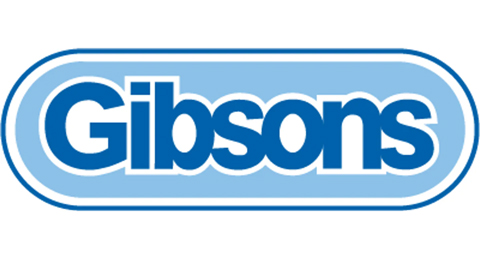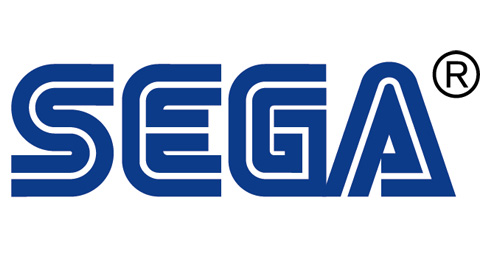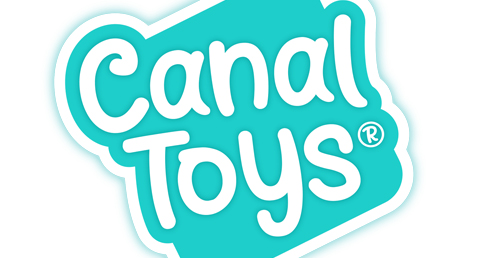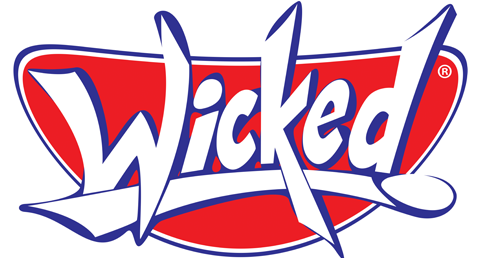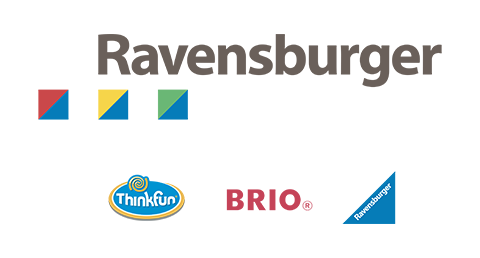The British Retail Consortium wasn’t pulling any punches this week; its latest monthly sales data was described as the ‘worst June on record’. No ambiguity there. While I am not privy to the monthly NPD numbers (despite the fact that many of you assume we have sight of them, being their official toy media partner…), my understanding is that the latest report echoes the BRC’s findings, with a rumoured decline of 14% last month. NPD’s next monthly column in Toy World will be a review of the first half of the year, and I have requested that it be as honest and truthful as possible. I appreciate that NPD likes to paint the toy market in a positive light, as indeed do we: however, as people are wont say these days, “it is what it is.” Our philosophy has always been to be honest about what is happening in the market and not to pull any punches. I’d love to be able to report that business is booming – and for some it is – but we all know that retail is challenging across the board, not just in toys. Our readers are a smart bunch and what they read in the Blog and in Toy World should be an accurate reflection of what they are experiencing. For us, it is all about authenticity and integrity, and I’m certainly looking forward to hearing what NPD has to say about the past six months– warts and all.
I wouldn’t expect the article to comment on the performance of individual retailers, but I am hearing about some interesting developments at certain accounts which probably reflect the prevailing trading environment. Marks and Spencer’s promotional give-away of miniature food collectibles struck me as one of the more bizarre retail initiatives I’ve seen recently. Given the imitation food regulations are such a minefield, it was certainly not a casual undertaking and it must have required a significant investment – I am just struggling to see the reward justifying the effort required. I’m already getting reports of in-store confusion, so I’ll be interested to see how it all pans out.
Closer to home, I am hearing concerns from some suppliers about Argos’ toy sales; from what I am being told anecdotally, the retailer is struggling to hit previous numbers in some areas, a situation seemingly exacerbated by a reluctance to hold stock at historic levels within individual stores. One supplier suggested that Argos knows it is missing sales on certain items, but believes that consumers will simply buy something else if they are out of stock on a particular item. It’s a bold theory, but I wonder if that is really the case…?
This week saw the departure of two senior Argos figures; digital director Mark Steel and marketing director Gary Kibble. One former Argos stalwart described the pair on LinkedIn as the “last men standing against a sea of orange,” and it would appear that the company is now firmly in the hands of Sainsbury’s management, which will inevitably employ distinctly grocery-based strategies across the business, including non-food. What impact that will have on Argos’ toy sales – and what opportunities it potentially creates for other accounts – will be fascinating to monitor over the coming months.
Another retailer trying to find a route through the current retail climate is John Lewis. After its profits fell 99% in the first half of last year, I questioned whether its iconic ‘never knowingly undersold’ promise was still viable. According to numerous suppliers, rather than consigning the concept to the annals of history, John Lewis seems to be doubling down on it; allegedly, new suppliers are being told that funding the promise is part of account opening terms, while existing suppliers are also being put under increasing pressure to comply with the request. In the past, while suppliers were asked to fund any markdowns, my understanding is that participation was largely discretionary, and most suppliers claim to have politely declined; now, there is a suggestion that suppliers are being pursued far more robustly. This approach raises many questions; if John Lewis is turning it into a game of Russian roulette, who will blink first – the retailer or its supplier base? Who needs who more? Hopefully common sense will prevail and suitable compromises can be found. Personally, I remain unconvinced that the promise is the underlying reason why most people shop at John Lewis. But if a valued, long-term supplier declines, would any retailer knowingly stock an alternative – potentially inferior – product simply because a supplier wouldn’t agree to fund the markdown? That strikes me as a slippery slope, especially for a retailer at the quality end of the market.
Elsewhere this week, toy industry stalwart John Harper has been appointed as non-executive chair of Golden Bear, as co-founder John Hales steps down after 40 years at the helm. We wish John Harper all the best in his new role and John Hales all the best for his retirement.
Finally, there may have been a decisive twist in the ongoing saga of Amazon’s legal responsibility for the safety of product supplied by third-party vendors. A recent federal court ruling that Amazon.com Inc. is liable for a dog collar sold on its website that partially blinded a woman could be a game-changer. The Third Circuit Court of Appeals in Philadelphia overturned a judge’s decision that Amazon was shielded under the Communications Decency Act, which protects online businesses from lawsuits over the postings of their users. The court found that even though the product was sourced and shipped by third-party vendors, “Amazon’s involvement in transactions extends beyond a mere editorial function; it plays a large role in the actual sales process.” While the broader impact of the ruling remains to be seen, it at least offers a glimmer of hope that while Amazon doesn’t technically own the inventory – a loophole it has used to protect itself from product liability cases – it should still be held responsible for the safety of all items featured on its site. Let us hope that common sense finally prevails and Amazon is held to the same high standards that all toy retailers rightly adhere to. Maybe a (more) level playing field is finally in sight…







